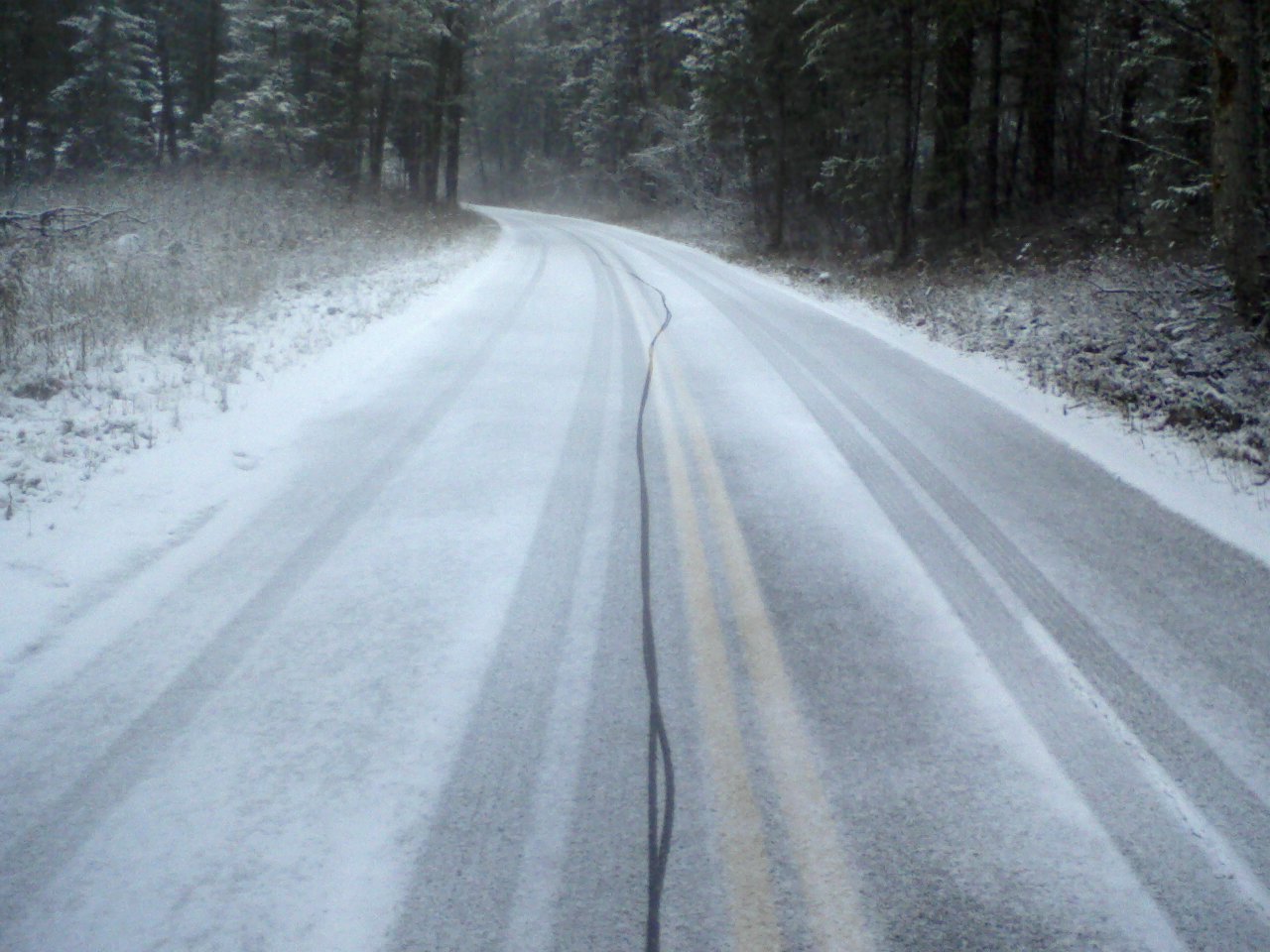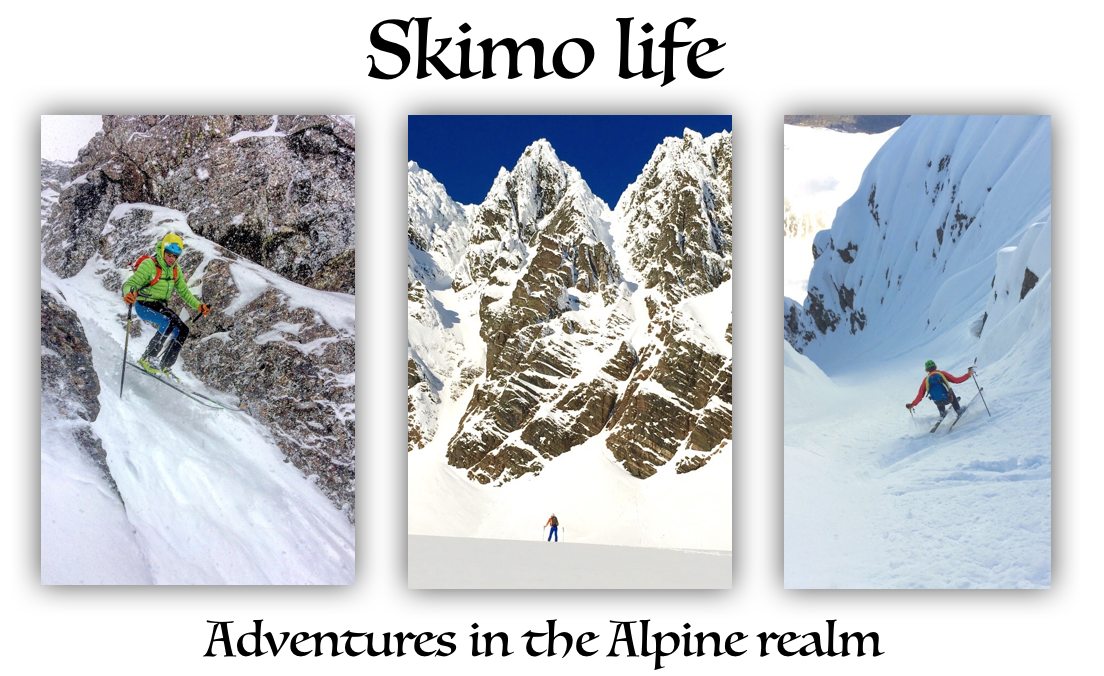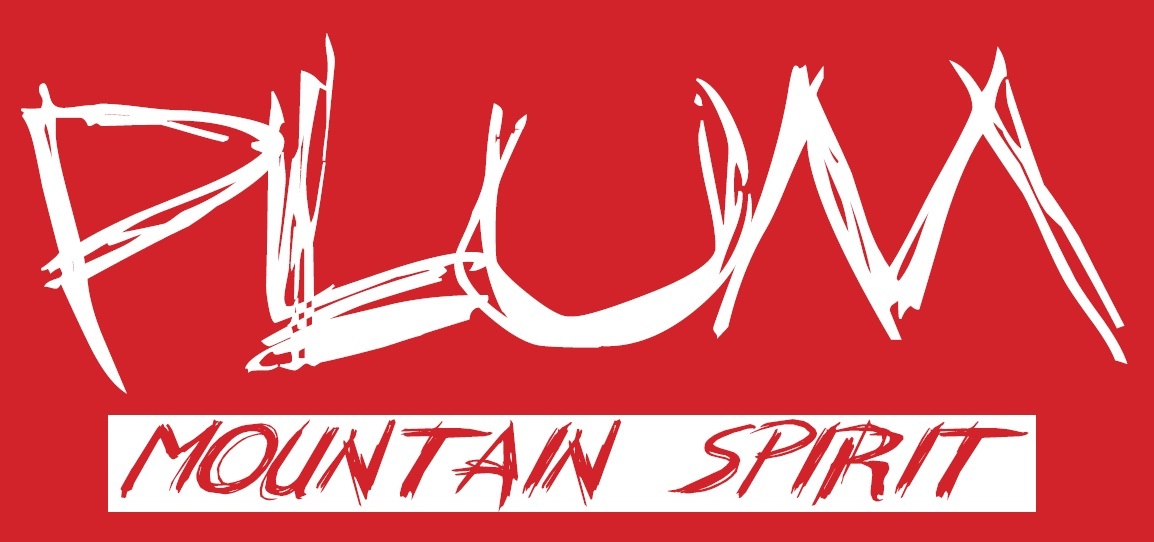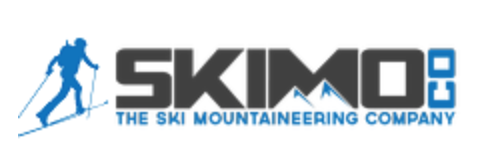Early Season Skimo Training
 Wednesday, November 17, 2010 at 12:54AM
Wednesday, November 17, 2010 at 12:54AM I felt like I was getting away with something yesterday getting out on my road bike. Hard to believe it's the middle of November and I'm still riding outside. There was a bit of snow on the road in the shadows and I sense the end is near. Might have to put the studded tires on and sneak rides in when conditions permit.
 Still rideable...just barely.
Still rideable...just barely.
Now, I will admit that cycling is probably not the best conditioning tool for ski racing. I think running crosses over better. Put a pair of poles in your hands and a steep hill in front of you and it comes pretty close to replicating the demands of rando racing. But I like the bike and I figure the later into the fall I ride, the less time I spend on the trainer.
Off the bike and on my feet
I've been mixing the training up with laps up Snow King, our local in-town ski hill. It really is the perfect venue for rando training, whether dry or covered in snow. It rises 1,500 vertical feet above town in one of the steepest profiles in the country. This time of year I wear a 20 pound weight vest and 5 pound ankle weights. When there is a thin covering of snow and /or ice I use some sort of traction device for my sneakers. I used Yak Trax for quite a while but I have seen some durability issues lately with the rubber straps breaking. I have switched to Stabilicers which seem to work as well and might hold up better. These devices allow me to go straight up the fall line which better mirrors the demands of our sport.
I experimented with the weight vest last year when I was on skis. I decided that, although quite demanding, wearing additional weight while skinning uphill changed the technique enough that it was more of a detriment than a beneficial training modality. Sure, the aerobic demand was daunting but I was going slower. This did not create favorable motor patterns that I could use while racing. It's better to simply skin faster and concentrate on technique that will actually have some applicability come race day. Same goes for additional weight on the feet. Better to use race gear when doing quality sessions.
Dryland training is a totally different animal, on the other hand. From a technique standpoint, walking uphill is different enough from skiing that I think you can add resistance without creating technique problems once you are on skis. Rando race gear is light but heavier than running shoes. Most athletes notice their hip flexors skinning during the early season. I think there is merit in adding some weight to the feet with ankle weights to condition these muscles before the snow flies. Adding poles to your workout is obviously important. I have added 2.5 pound wrist weights in the past although I'm not sure how important this is given the relatively low demand created my super light nordic poles. Using weight will certainly add to the overall metabolic demand of any workout. If that appeals to you, knock yourself out. I use a set of roller skiing carbide steel tips to use while hiking. Standard tips will get trashed quickly.
Speaking of roller skiing, this is another training modality that can be used. It would be interesting to know if any of the top Euro dogs roller ski early season. I just don't know. The transferability is obvious. The downside is that to truly replicate the demands of rando racing, you have to ski uphill, the steeper the better. This, of course, then puts you at the top of said hill with the frightening prospect of getting back down to the bottom with over-size roller blades strapped to your feet. This can be a dangerous and sketchy proposition. I'm sure the better nordic racers simply get after it but I bet there are some hard knocks (and lots of road rash) on the way to proficiency. I know that they make speed reducers and brakes for these skis but I have not used them. This would seem like a good investment. I also suggest using the biggest wheels you can find which navigate through gravel better than the traditional solid rubber versions more common on older roller skis. In case it's not obvious, using "classic" roller skis which have a clutched front wheel is preferred over "skate" models where both wheels spin in either direction.
Gym Training
If you've been reading these posts for any length of time then you know I'm a big fan of weight training. I think it is an invaluable adjunct for any sport requiring bursts of speed such as in cycling. At first glance you might question whether this physiologic quality has any merit in skimo racing. Certainly, the bulk of these events is spent going uphill. We are pegged at threshold nearly the whole time. There is essentially no sprint component to the sport so you might argue that weight training has little utility in our preparation. Although it represents a relatively small percentage of total race time, the downhill component of these races is uniquely demanding. Athletes that can rip a run top to bottom, at speed, without stopping will gain significant advantage over a less capable competitor. Downhill skiing ability is certainly a key component to success in this aspect. All things being equal, however, downhill fitness will make the difference.
In a perfect world we could probably get away with riding lifts and skiing down a couple of days a week to prepare for races. If this was enough to be at your best, however, then World Cup skiers would prepare just like this. However, they don't just ski. These guys are in the gym squatting massive loads and doing plyometric jumps to augment their ski training. Everyone is looking for an edge. All the World Cup powers in the sport apply gym-based sessions during the season to prepare their athletes. Arguably, alpine ski racing is decided by hundredths of seconds whereas skimo events are rarely that close. Still, it helps my confidence blasting away in the gym every 3 or 4 days and allows me to do something other than accumulate vertical on skis. It's a nice break.
I've been mixing it up lately doing mostly single leg movements like walking lunges and now Bulgarian split squats.
I'm also doing trap bar dead lifts to really hit posterior chain stability. All of these movements demand huge core strength which is invaluable when bashing down a crusty or bumpy run on tooth picks and bedroom slippers (race gear). I also advocate training lactate tolerance at the end of these sessions, doing either 30 rep partial squats or leg presses. Another tool in this vain which I introduced in a post last season are Leg Blasters. I think these come closest to replicating the demands of a strenuous downhill segment of a race. In case you missed it the first time...
If you still have the desire, hitting some standard plyometric movements like bounding and box jumps will develop some quickness and explosiveness that might keep you out of trouble when arcing the final descent. - Brian
 Brian |
Brian |  3 Comments |
3 Comments | 





Reader Comments (3)
Hey. Great post. Thanks. Did Leg Blasters yesterday. I walk funny today.
I tried adding weight in dryland training, and I went overboard (as usual). Running downhill with the weight gave me a bout of runner's knee. Still swells up at times.
I think you're right about developing the motor patterns required in racing. General fitness will get you a long ways, but specific training is required to go fast. That means spending as much time as possible on race gear. Euro coaches say, nothing but race gear.
I know of at least one person who has mounted Dynafits on some classic roller skis. I'll bet he will be flying this year.
Alright....back to skimo training! (nothing against cycling). One thing I'd like to hear your opinion on.....what days do you think its appropriate to do lactate workouts (like leg blasters, 3x30 squats, etc)? Combined with leg days at the gym? After a speed/interval session? Also, how many times a week do you think this kind of training is beneficial?
Thanks,
Ray
This summer myself and a good training partner have been dragging tires uphill. When attached to the right harness system, this works very similar skimo racing muscles, although proper upright technique is key. Love training for the winter!